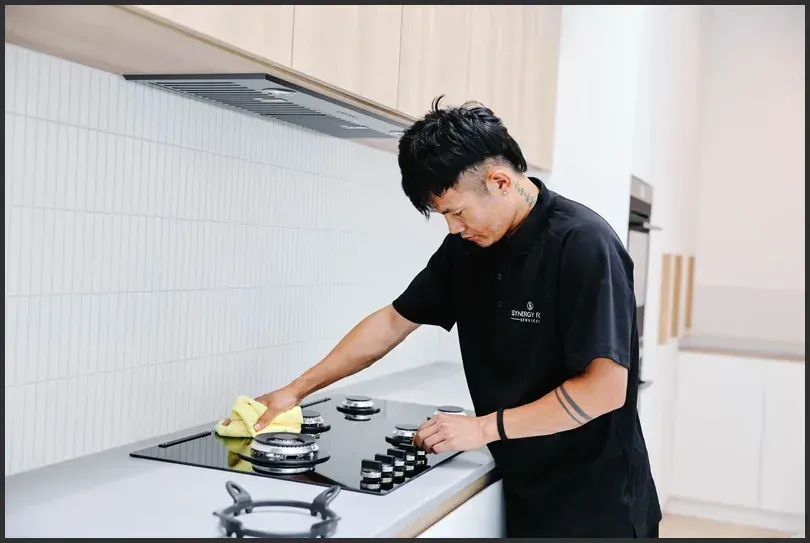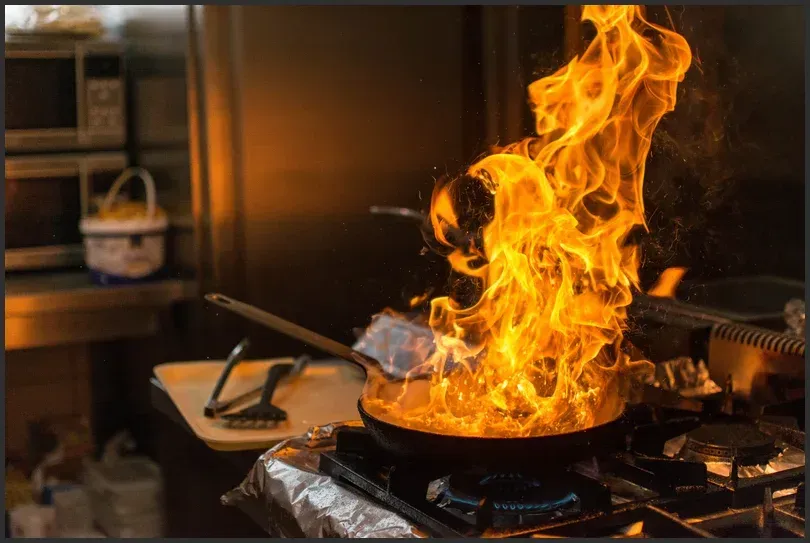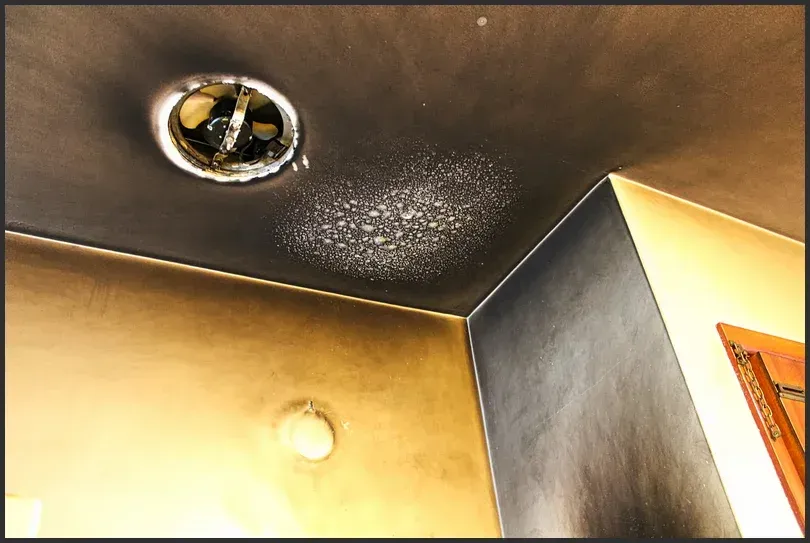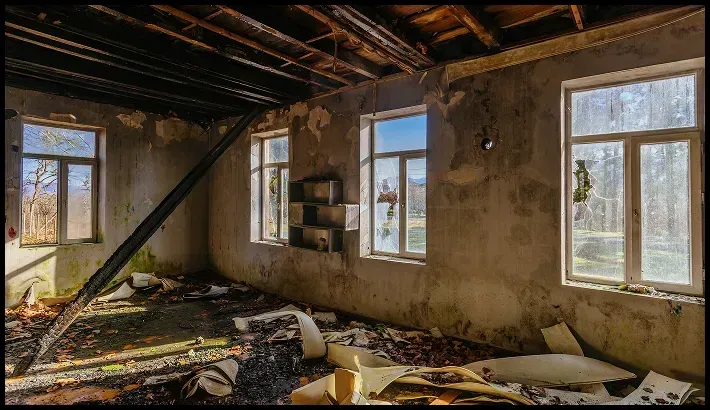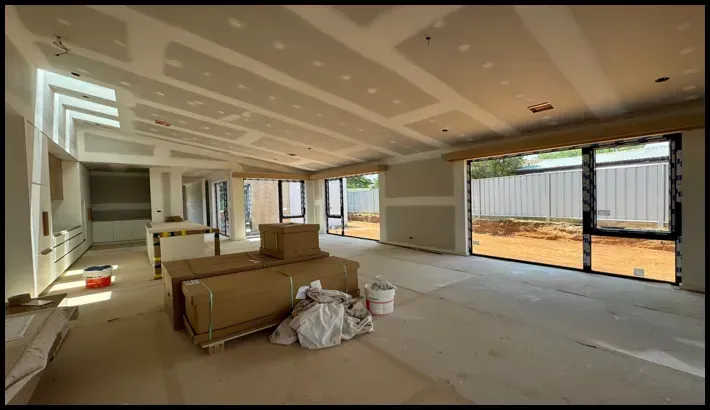Understanding what damage mould can do to your health In 2024
Understanding what damage mould can do to your health In 2024
Table of Contents:
Do you ignore tiny ceiling stains, thinking it's just a harmless leak?
Think again! Over time, this hidden water damage can lead to severe problems. Soon, you will notice a musty smell in your room. Hidden behind that leaky roof is a silent invader—mould.
A minor issue soon transforms into significant trouble and can even cause health problems for your family.
So read this post to learn what damage mould can do to your health and the different types of mould.
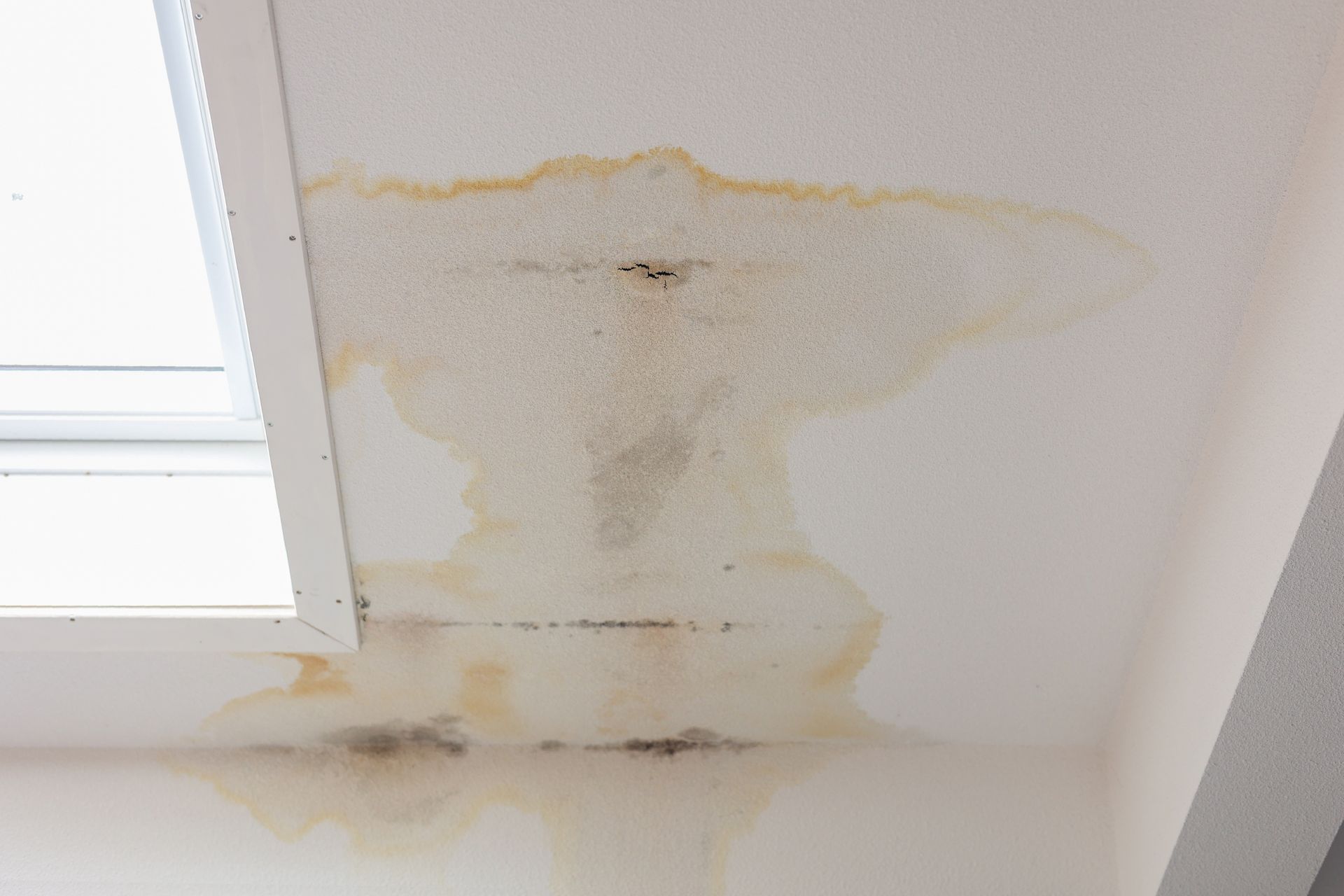
Black Mould (Stachybotrys chartarum)
Stachybotrys chartarum is a black mould found in damp corners of homes. This type of mould produces toxic spores that have serious health effects. A thorough cleanup of basements or bathrooms can prevent its growth.
Aspergillus
This type of mould thrives in damp walls or even in moist food items. It poses significant health risks to individuals with weakened immune systems. Prolonged exposure to this mould causes respiratory issues and allergic reactions. Therefore, it is crucial to remain vigilant and address any mould presence promptly.
Penicillium
This speedy little mould loves to grow on damp ceiling tiles or wallpapers. If your immune system is not strong enough, you may have skin rashes by sitting under a mouldy roof. Commonly, you may find yourself breathing in the toic mould spores each morning during your hot steamy shower - eek!
Cladosporium
This mould grows in both warm and cool environments. You can often spot it on hard surfaces like wood or building materials. Breathing it in or touching it can cause respiratory problems.
How does mould Come Into The home?
Sources of Moisture
Mould needs moisture to survive. Water leaks or high humidity levels in your home can quickly become a breeding ground. Even something as simple as condensation can kickstart mould growth.
Common Entry Points
Doors, windows, vents, and even clothes or pets can be entry points for mould. They thrive in damp areas and increase the chances of respiratory infections.
Favourable Situations for Mould Growth
Mould loves dark and stuffy places with poor ventilation. Bathrooms and kitchens are perfect spots for it to grow. Take some time out of your busy schedule to repair any potential water leaks. The dampness can soon get mouldy, which will cause fungal infections.
Breathing issues
Breathing in mould spores can damage your lungs and throat, aggravate respiratory symptoms, and even trigger asthma attacks. Keeping your windows open can help with ventilation, but it is still important to watch out for mould.
Signs of allergy
Mould exposure can be the reason for your runny nose or itchy eyes. Some people might also get headaches or feel tired after being around mould. If you are dealing with red eyes or other health issues from mould exposure, then take action to fix the problem and seek medical advice from your GP or doctor.
Skin problems
Mould spores can cause skin redness or rashes. If the wallpaper in your living room is affected by mould, deal with it promptly and speak with your doctor.
Severe respiratory problems
Being around mould for a long time can lead to chronic health conditions like bronchitis and other long-term lung problems. If you already have asthma, then black mould can quickly add to your health struggles.
Asthma development
Long-term mould exposure is risky for kids. Someone with a family history of asthma is most vulnerable. Mould is a type of fungus that can affect public health over time.
Incurable allergies
Repeated exposure to mould can make your body develop chronic allergies, even if you were not sensitive to it before. You might have ongoing sinus congestion symptoms when excess moisture is around.
Neurological problems
Long-term exposure to toxic mould can mess with your brain. You may experience memory loss, trouble concentrating, and mood swings. To keep things under control, use air conditioners and check the air quality of your indoor environments.
Mould and Vulnerable Populations
People belonging to these categories should be extra cautious around mould.
Children
Their immune systems are still growing, so indoor mould is a severe problem for them. Mould exposure can lead to respiratory issues and might increase asthma risk.
Elderly
Older adults are more likely to experience the health effects of mould, which can worsen their chronic respiratory conditions. Keep wet areas and porous materials mould-free with exhaust fans to minimise these risks.
Individuals with weak immune systems
People who are getting chemotherapy or living with HIV are at higher risk of severe health problems from mould exposure.
People with existing respiratory conditions
Mould exposure can make things even more difficult for people with asthma symptoms. People with COPD should take extra precautions to avoid mould.
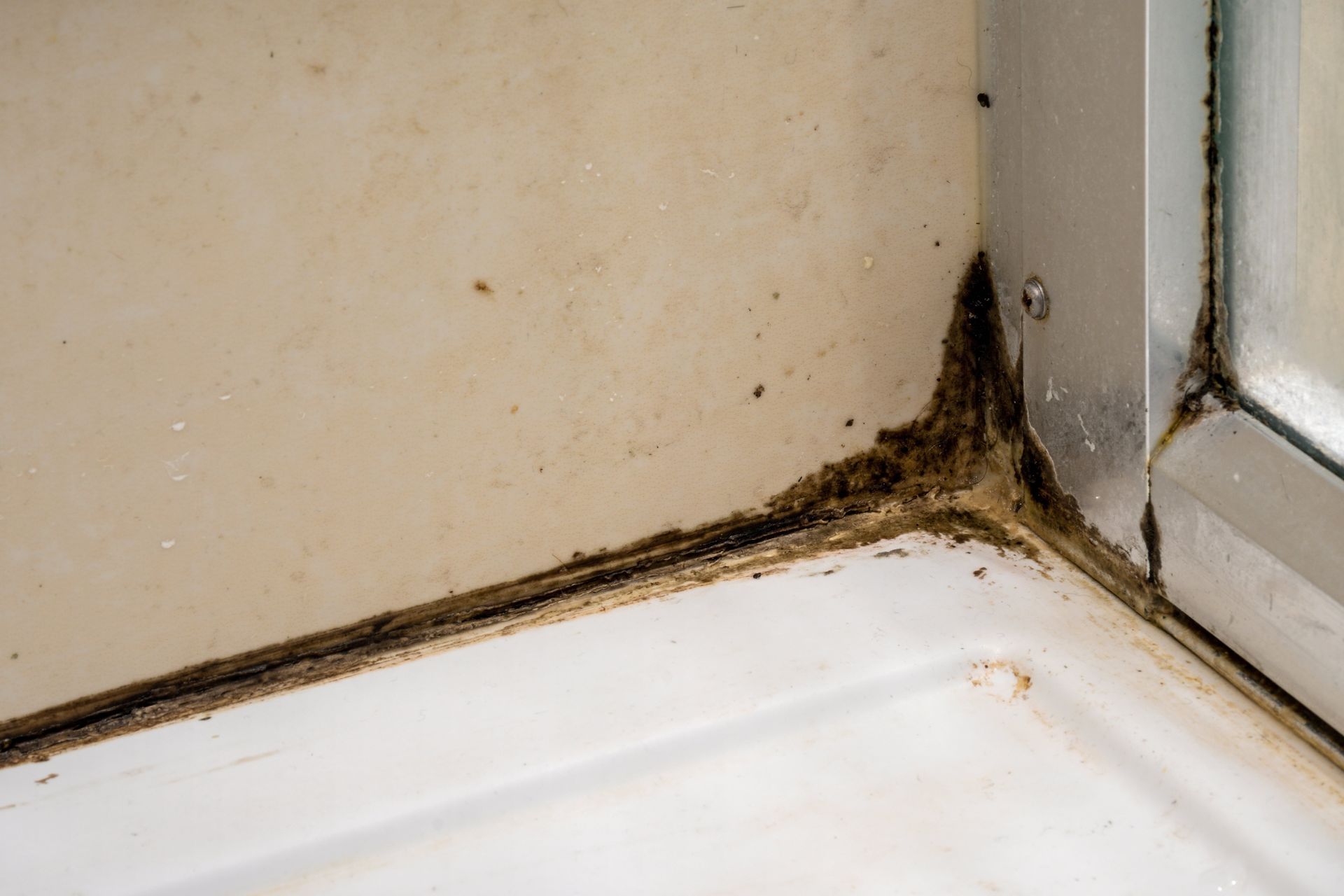
What can mould do to your health over time?
Severe respiratory problems
Being around mould for a long time can lead to chronic health conditions like bronchitis and other long-term lung problems. If you already have asthma, then black mould can quickly add to your health struggles.
Asthma development
Long-term mould exposure is risky for kids. Someone with a family history of asthma is most vulnerable. Mould is a type of fungus that can affect public health over time.
Incurable allergies
Repeated exposure to mould can make your body develop chronic allergies, even if you were not sensitive to it before. You might have ongoing sinus congestion symptoms when excess moisture is around.
Neurological problems
Long-term exposure to toxic mould can mess with your brain. You may experience memory loss, trouble concentrating, and mood swings. To keep things under control, use air conditioners and check the air quality of your indoor environments.
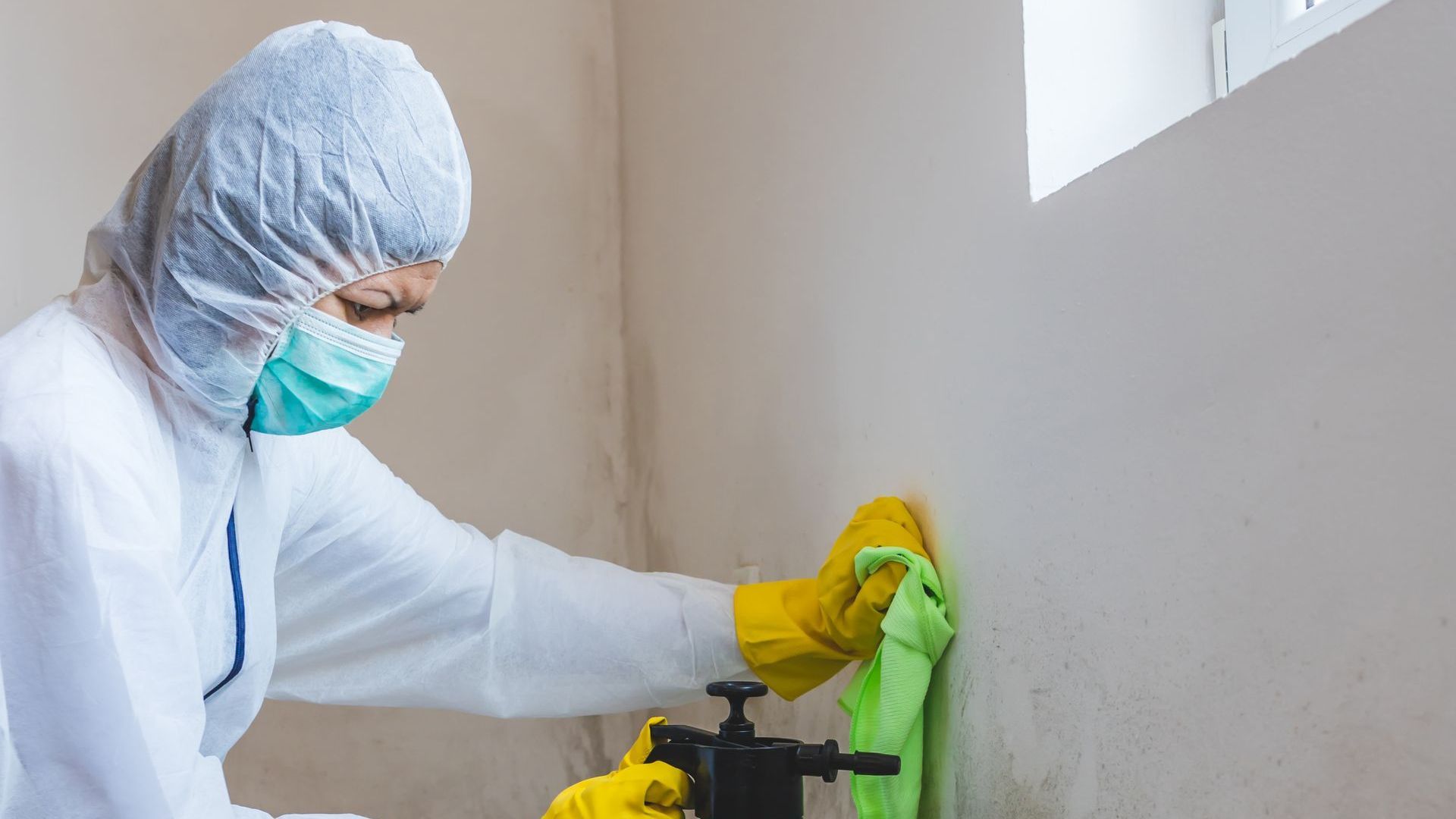
Mould and Vulnerable Populations
People belonging to these categories should be extra cautious around mould:
Children
Their immune systems are still growing, so indoor mould is a severe problem for them. Mould exposure can lead to respiratory issues and might increase asthma risk.
Elderly
Older adults are more likely to experience the health effects of mould, which can worsen their chronic respiratory conditions. Keep wet areas and porous materials mould-free with exhaust fans to minimise these risks.
Individuals with weak immune systems
People who are getting chemotherapy or living with HIV are at higher risk of severe health problems from mould exposure.
People with existing respiratory conditions
Mould exposure can make things even more difficult for people with asthma symptoms. People with COPD should take extra precautions to avoid mould.
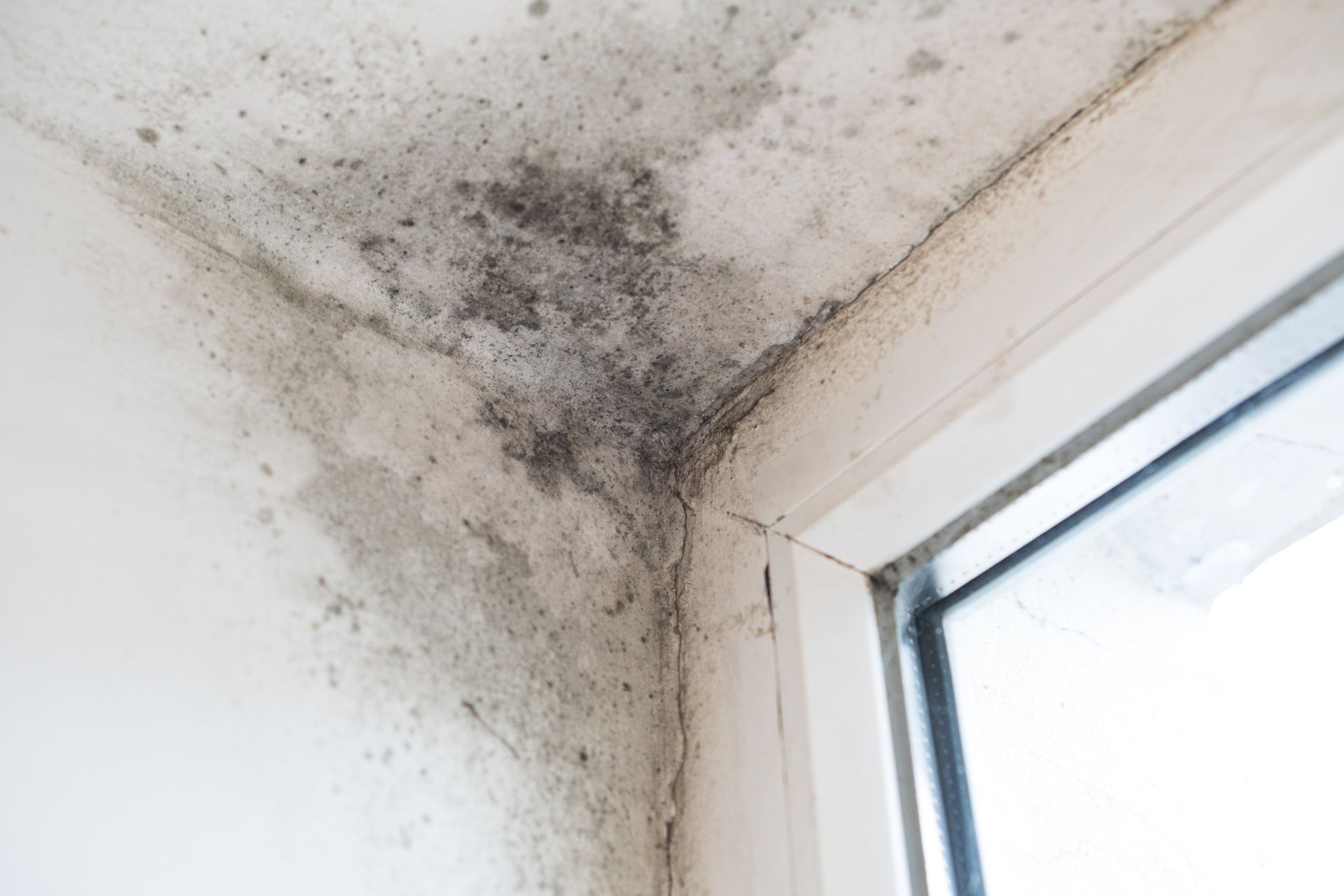
How to Identify Mould in Your Home
Visual Signs
Mould appears as black or green spots on indoor surfaces. The discolouration on your wall might be Stachybotrys chartarum, a toxic mould type that can cause health problems.
Musty Odours
The unresolved reason for the musty smell is hidden mould growth. Follow your nose to track down the source of the odour, and use an extractor fan to reduce the dampness.
Professional Mould Testing
Experts can check the moisture levels and take samples to determine the problem's extent. Professional help is necessary when your loved ones are experiencing difficulty breathing or showing signs of mould allergy.
Stop mould in its tracks.
The best way to deal with mould is to prevent it from growing in the first place. Following a
mould restoration guide
can help you understand essential steps for controlling dampness and ensuring long-term prevention.
Controlling the dampness
Improve the indoor air quality to prevent mould issues. Keep your home ventilated with modern air conditioning systems.
Proper airflow
Good airflow is the secret to preventing mould problems. Properly ventilate the areas where moisture tends to build up.
Regular mould checks
Check damp areas regularly and repair leaks as soon as you notice them to prevent mould regrowth.
Removing Mould Safely
Unsafe mould removal can also cause skin allergies or breathing issues. Remove it safely, or call the professionals.
If mould has already spread, professional intervention is necessary. A
mould remediation service can assess the extent of the damage, eliminate mould at its source, and prevent future growth.

DIY Methods
You can usually clean small patches of mould yourself. Take a mix of water and detergent or a commercial mould remover. Check a fact sheet for guidance, and consider using a bleaching solution for more challenging spots - remember to wear gloves!
When to Call Professionals
When the mould covers a large area, leave the task to the remediation specialists.
Mould restoration companies in Canberra have the expertise to safely remove mould, address underlying issues like plumbing leaks, and improve ventilation to reduce the risk of mould returning.
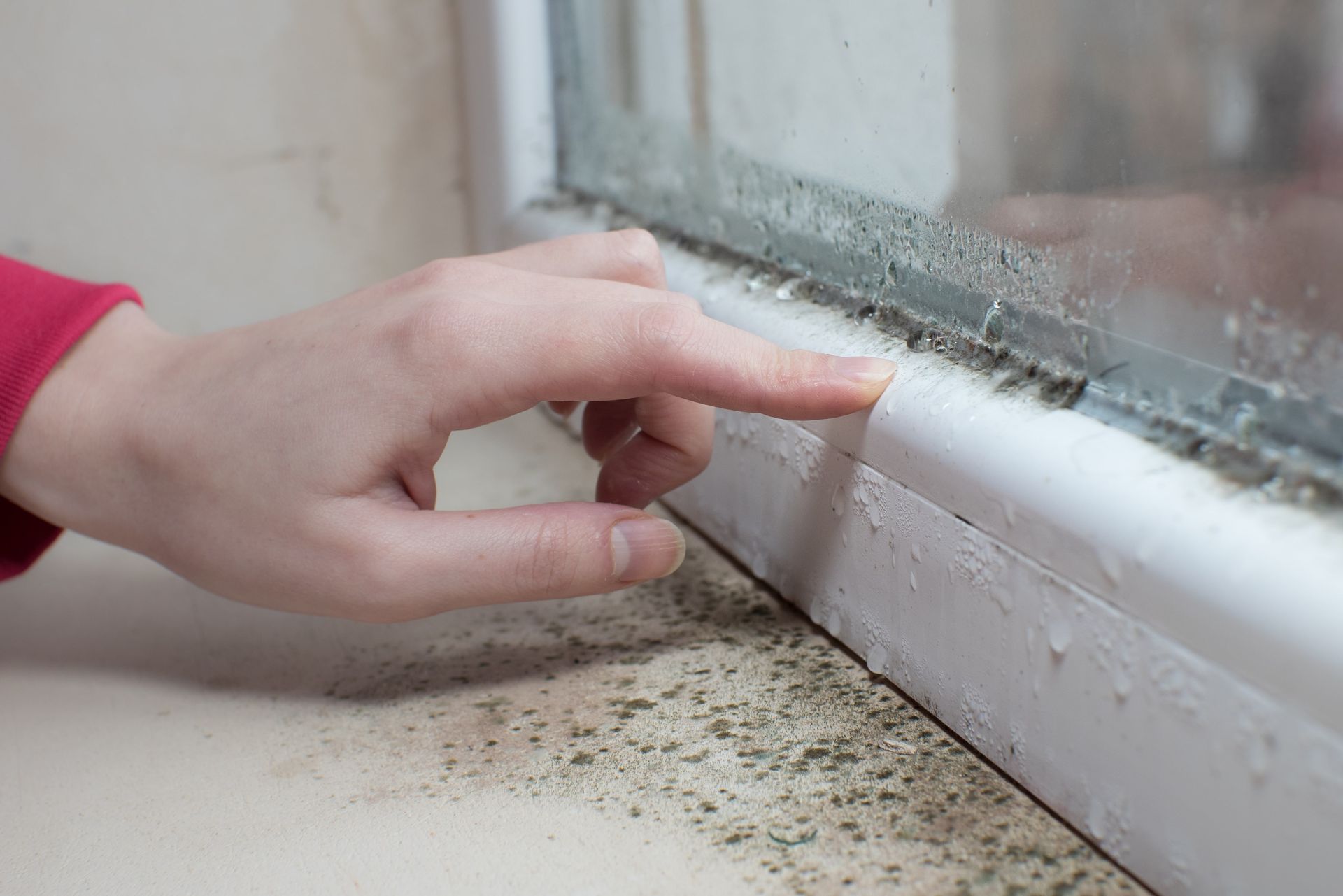
Conclusion
Summary of Health Risks
Take mould seriously because it can affect your quality of life by causing minor irritations and severe respiratory conditions.
Importance of Prevention and Prompt Action
Act for removal quickly when you see mould signs in your home. Quick action can keep your home safe and protect your loved ones against hay fever, skin allergy, or respiratory issues.
Frequently Asked Question
How do you tell if mould is making you sick?
Mould sickness is a lot like having hay fever. red eyes, runny nose and sinus problems can tell you have gotten mould sickness.
What are the results of mould on the human body?
The risk factors of mould can cause breathing difficulties and allergic reactions.
How quickly can mould degrade your health?
You can experience runny nose or eye irritation immediately after exposure. Depending on individual sensitivity, allergic reactions may take longer to develop.
Can mould damage your lungs?
Mould can make asthma and bronchitis severe, which eventually causes permanent lung damage.
Can you fall sick with mould?
Prolonged mould exposure has the side effects of developing chronic respiratory issues.
How can mould harm your body?
Mould can cause skin irritation, and long-term exposure can damage your lung condition.
What happens if you breathe in mould for a long time?
Living in a mouldy space for a long time can cause neurological and respiratory problems.
Additional Resources
Government Health Guidelines
You can read more information about mould health risks on an Australian government website.
Professional Mould Remediation Services
Look for mould remediation services in your area. and have your property assesed by an expert who can provide advice and treatment.
DIY Mould Removal Products
There are plenty of DIY mould removal products available online. These are effective in tackling minor mould problems.
Further Reading on Mould and Health
Many resources are available online to learn more about mould and its impact on health.
Better Health Channel- Mould and Your Health
Centres for
Disease Control and Prevention





